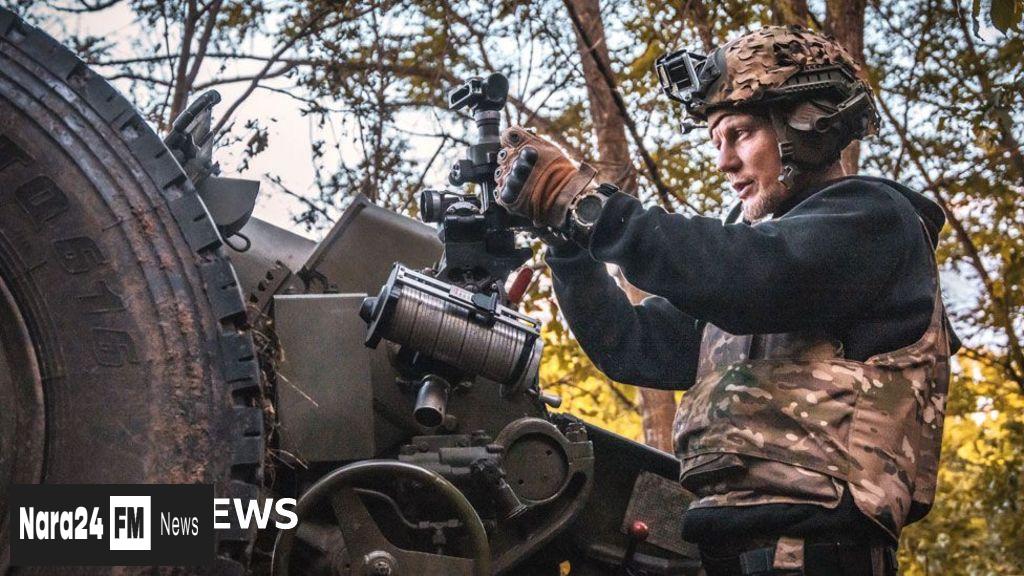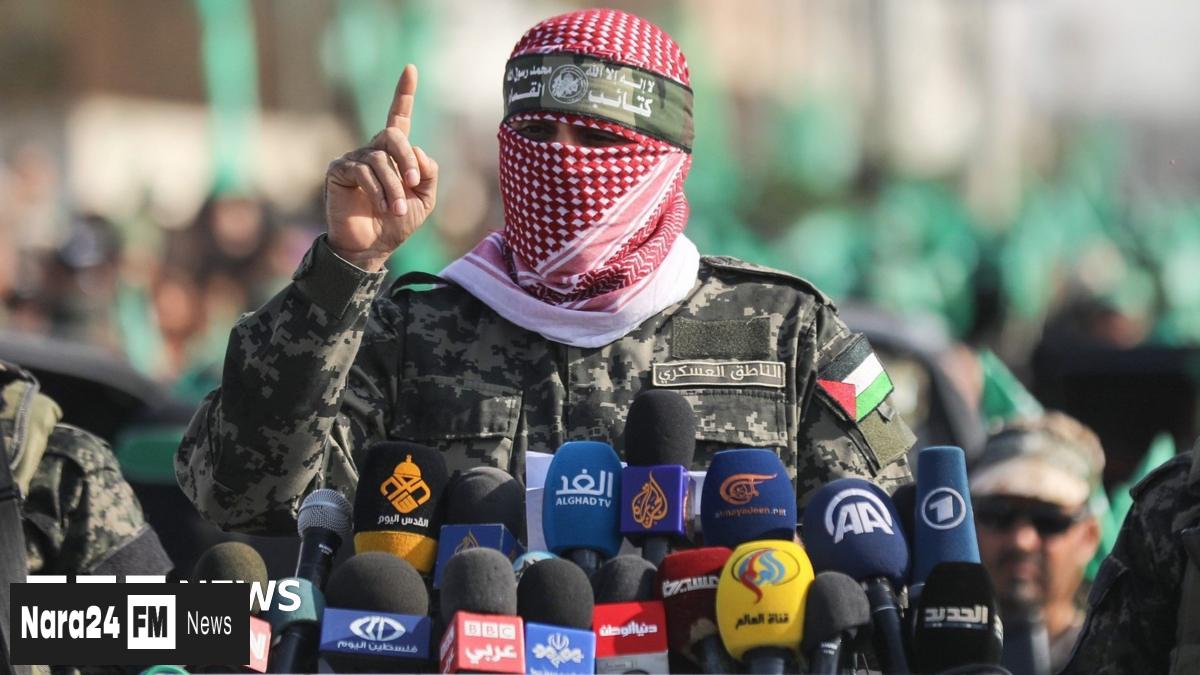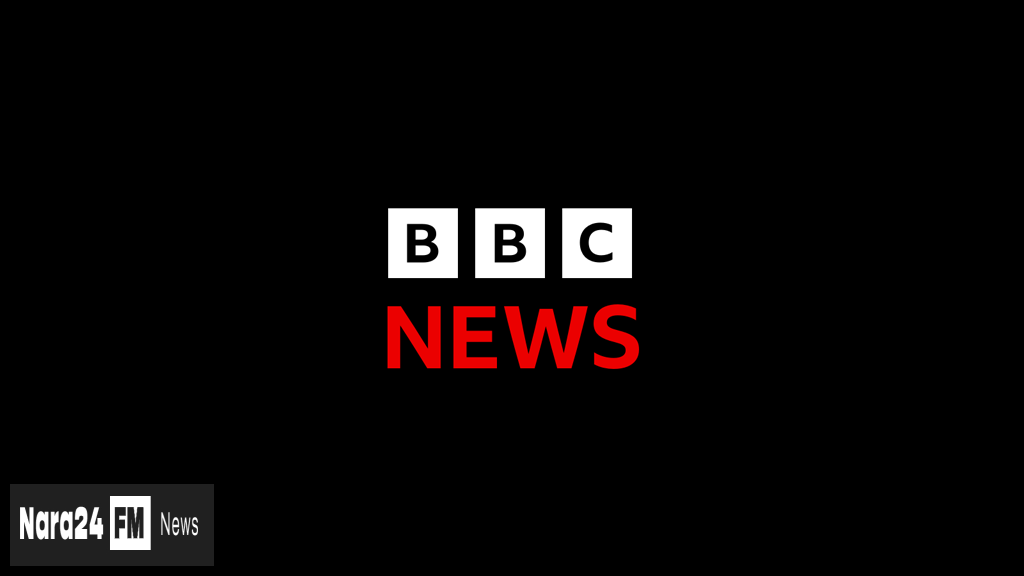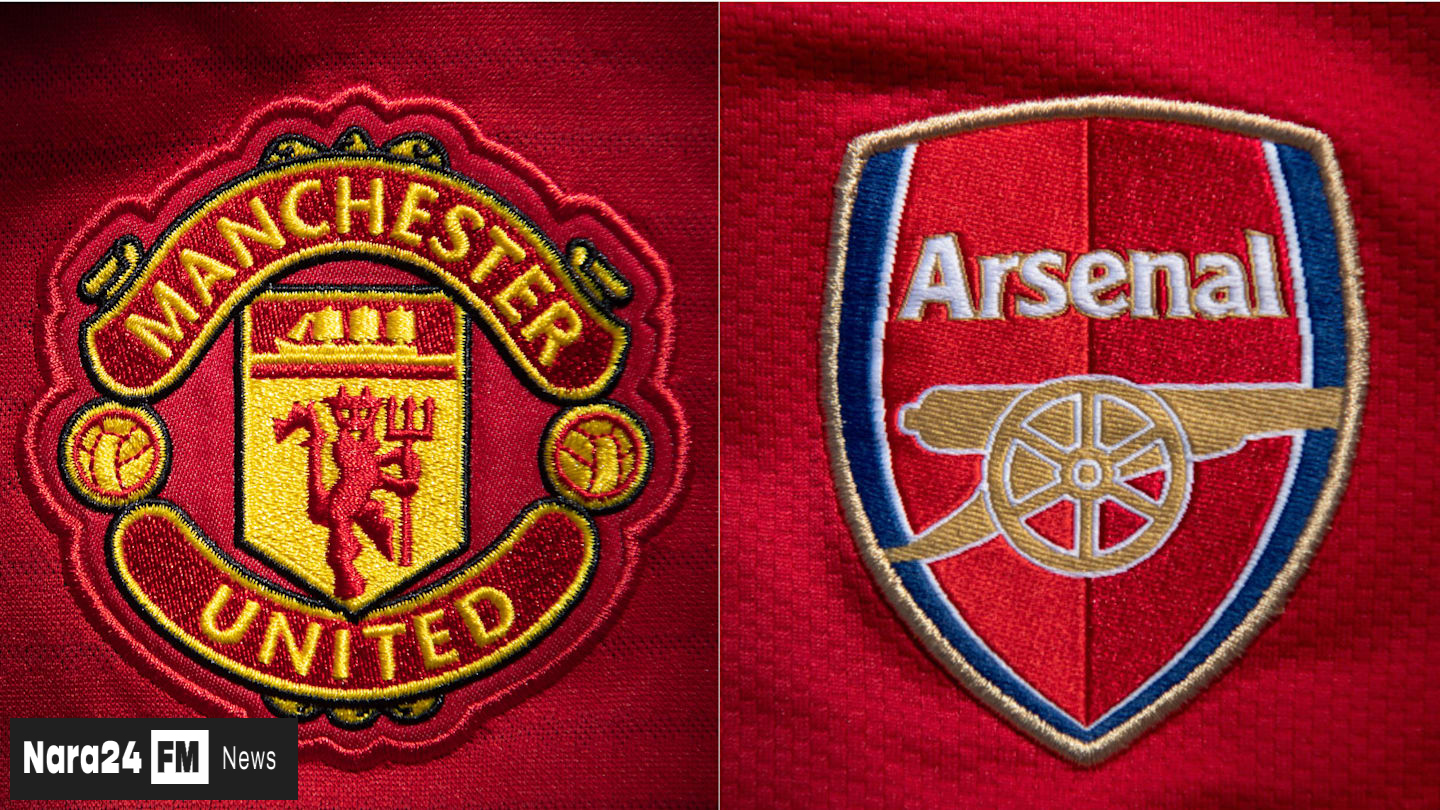In This Article
- Ukrainian Troops Repel Russian Advance in Sumy Region
- Gen Oleksandr Syrskyi's Statement
- Urgent Need for Reinforced Fortifications
- Historical Context: Kursk Incursion
- Russian Efforts in Sumy Area
- Syrskyi's Emphasis on Fortification Construction
- Delays in Fortification Construction
- Combat Ongoing in Unfortified Areas of Sumy
- Russia's Buffer Zone Claims
- Fourth Year of Russian Invasion
- Negotiations and Prisoner Exchanges
- NATO Allies' Financial Pledge to Ukraine
- U.S. President Donald Trump's Commitment to Ukrainian Cause
- Uncertainty about Supplying Kyiv with US Patriot Air Defence Missiles
Key Takeaways
- Ukrainian troops have successfully repelled a Russian advance in the Sumy region, according to the army chief.
- Russian summer offensive in the Sumy region has been thwarted, but urgent need for reinforced fortifications has been highlighted.
- Approximately 50,000 of Russia's 'largest, strongest' troops are positioned along the border with Ukraine, preparing to establish a 10km buffer zone.
- Additional fortifications, 'kill zones,' and anti-drone corridors are being constructed in the Sumy region to protect troops and ensure reliable logistics.
- Russia's full-scale invasion of Ukraine is now entering its fourth year, with large-scale Russian drone attacks on Ukrainian cities on the rise.
In a significant development, the head of Ukraine's army, Gen Oleksandr Syrskyi, has declared that Ukrainian troops have successfully thwarted the Russian advances in the northeastern border region of Sumy. During a recent visit to the frontline on Thursday, Syrskyi asserted that the combat line had been "stabilized" and that the Russian summer offensive in the area had been "thwarted."
However, Syrskyi also highlighted the urgent need for reinforced fortifications in the region. Border Guard spokesperson Andriy Demchenko had earlier this week characterized the situation as "volatile."
The Sumy region shares a border with the Russian region of Kursk, which was partly seized and occupied by Ukrainian forces last year in a surprise offensive. The Kursk incursion was a blow to Russia, prompting President Vladimir Putin to announce plans in April to establish "security buffer zones" along the border to strengthen areas in Russia that border Ukraine's Kharkiv, Sumy, and Chernihiv regions.
Moscow has stepped up its efforts in the Sumy area since then. In late May, Ukrainian President Volodymyr Zelensky stated that roughly 50,000 of Russia's "largest, strongest" troops were positioned along the border, preparing to establish a 10km (6-mile) buffer zone.
Recent comments from Syrskyi are reminiscent of statements made by Ukrainian officials claiming that Russia's pressure on the region is decreasing. However, his emphasis on the need for immediate fortification construction seeks to allay growing public concerns over delays in their construction.
"Additional fortifications, the establishment of 'kill zones,' the construction of anti-drone corridors to protect our soldiers and ensure more reliable logistics for our troops are obvious tasks that are being carried out," Syrskyi stated.
Syrskyi acknowledged that these improvements must be made more efficiently and effectively. The lack of fortifications in certain parts of the Sumy region allowed Moscow to make inroads during the early days of the Russian invasion of Ukraine. The window of opportunity to build fortifications in Sumy safely and quickly was in autumn 2024, when Ukrainian troops were still advancing in the Russian border Kursk region and Sumy remained relatively unscathed.
Now, with Russia likely aware of the sections of the front line that lack strong fortifications, it may be too late. In recent months, Moscow has claimed to have captured several villages while bombarding the city of Sumy with heavy missile strikes, resulting in numerous casualties. A single ballistic missile attack on 13 April killed at least 34 people and injured 117.
DeepState, a group that monitors the latest frontline developments in Ukraine, has reported that combat is ongoing in various unfortified areas of Sumy. The delays in erecting "much-needed fortifications" or the "low quality of some of the dugouts" can no longer be ignored, according to DeepState analysts.
At a forum in St Petersburg last week, Putin stated that Russia did not "have the goal of capturing Sumy, but I don't rule it out." He also claimed that Russian forces had already established a buffer zone of 8-12km in depth.
Russia's full-scale invasion of Ukraine, launched in February 2022, is now entering its fourth year. Large-scale Russian drone attacks on Ukrainian cities are on the rise. In recent weeks, the capital Kyiv was targeted with record numbers of drones that overwhelmed air defences and caused fatal explosions.
Recent negotiations between Ukraine and Russia have resulted in large prisoner exchanges but have so far failed to produce any tangible progress towards a ceasefire. Earlier this week, NATO Secretary General Jens Stoltenberg announced that European and Canadian allies had pledged €35bn (£30bn; $41bn) to Ukraine.
However, there remains apprehension in Kyiv over the level of U.S. President Donald Trump's commitment to the Ukrainian cause and his volatile relationship with Zelensky. While Trump stated on Wednesday that a meeting he held with Zelensky on the sidelines of the NATO summit in The Hague "couldn't have been nicer," he also expressed uncertainty about supplying Kyiv with US Patriot air defence missiles to defend itself against Russian strikes. "We're going to see if we could make some available. You know, they're very hard to get," he said.
Investigative journalism: Uncovering the truth behind Putin's Russia's invasion of Ukraine
Ukraine-Russia War
Russia-Ukraine Relations
Military Operations in Ukraine
Defence and Security
International Relations
European Union








Comments (0)
Leave a Comment
Be the first to comment on this article!